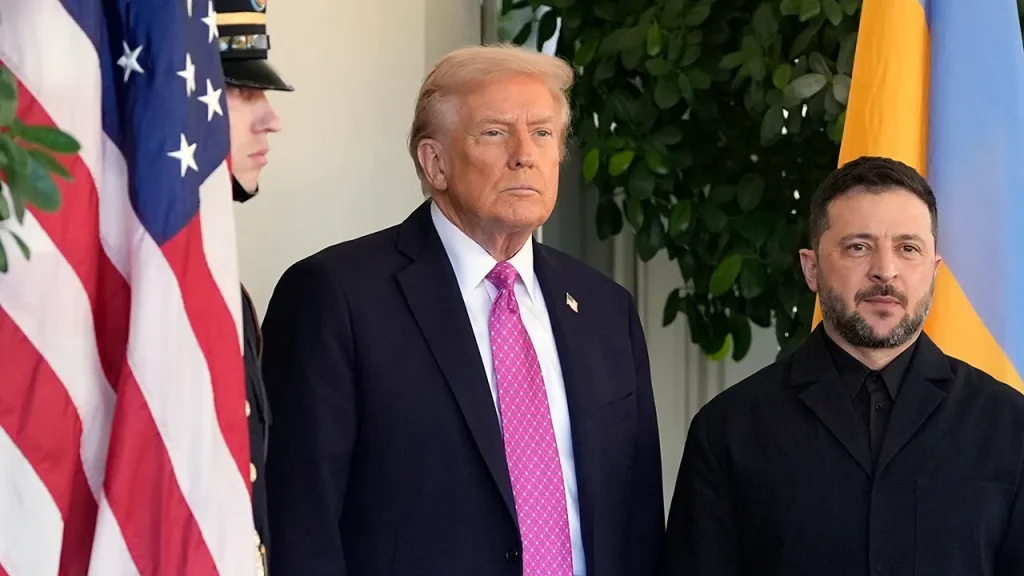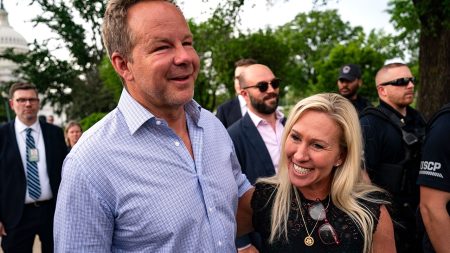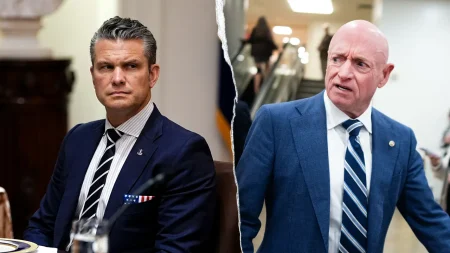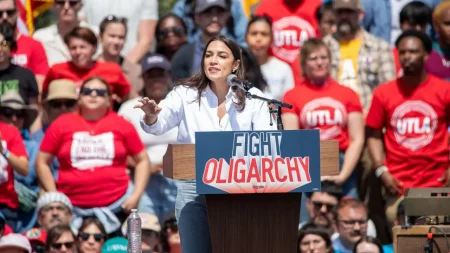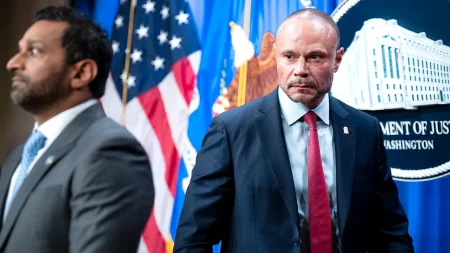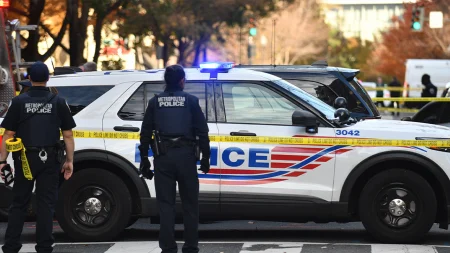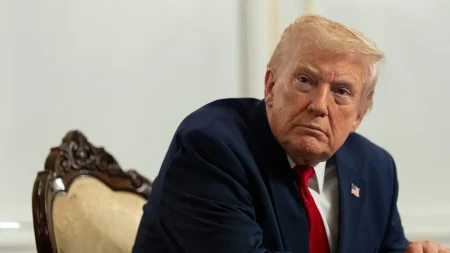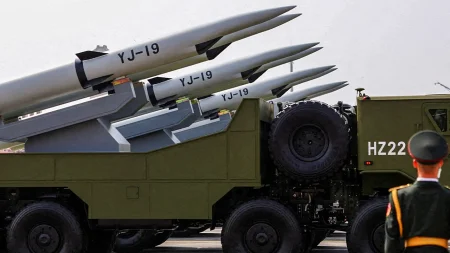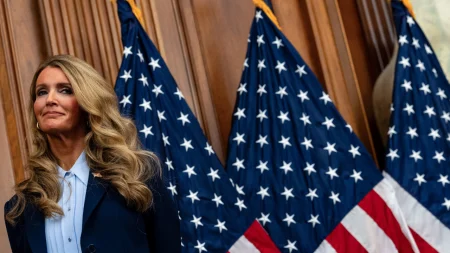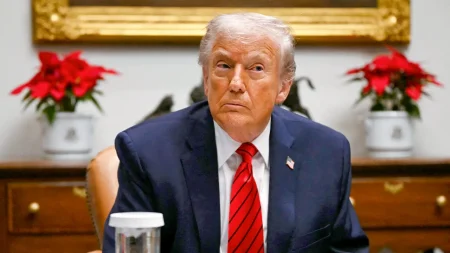Trump’s Diplomatic Triumph in the Middle East and Pivot to Ukraine
President Donald Trump has demonstrated remarkable diplomatic prowess this week, achieving a historic breakthrough in the Middle East before turning his attention to the Russia-Ukraine conflict. In a series of high-stakes meetings with world leaders, Trump has positioned himself as a peacemaker on the global stage, challenging longstanding assumptions about what’s possible in international relations.
The week began with a significant milestone as Trump brokered a ceasefire agreement between Israel and Hamas. His diplomatic tour included meetings with Israeli lawmakers in the Knesset, followed by consultations with leaders from Egypt, Qatar, Turkey, and other regional powers. During these talks, the President urged Middle Eastern nations to “put old feuds and bitter hatreds behind us,” a message that resonated with leaders who have long been entangled in regional conflicts. Speaking to reporters in Sharm el-Sheikh, Egypt, Trump expressed satisfaction with the breakthrough, stating, “At long last, we have peace in the Middle East… We’ve heard it for many years, but nobody thought it could ever get there. And now we’re there.” This agreement represents more than just a temporary pause in hostilities; it includes provisions for Hamas to return remaining hostages within 72 hours of signing the deal, requires Israeli forces to withdraw their troops, and calls for the complete disarmament of Hamas—addressing core concerns from both sides of the conflict.
With momentum from this Middle Eastern diplomatic victory, Trump quickly pivoted to addressing another major global conflict—the war between Russia and Ukraine. On Thursday, he held a phone conversation with Russian President Vladimir Putin, followed by a White House meeting with Ukrainian President Volodymyr Zelenskyy on Friday. During these discussions, Trump acknowledged the challenges ahead while expressing optimism about the prospects for peace. “They have tremendous bad blood,” Trump told reporters, referring to the relationship between Putin and Zelenskyy. “It’s really what is holding up, I think, a settlement. I think we are going to get it done, and we have to make it long-lasting, as I said in the Middle East, everlasting.” The President drew parallels between the two conflicts while noting their differences, saying, “The Middle East is a much more complicated situation. You know, we had 59 countries involved, and every one of them agreed… Most people didn’t think that was doable. This is going to be something I really believe that’s going to get done.”
Trump’s confidence appears bolstered by his conversation with Putin, about which he remarked, “I had a very good talk yesterday with President Putin. I think he wants to get it done.” This statement suggests that despite the complexity of the Russia-Ukraine situation, Trump believes he has identified a potential path forward based on his understanding of Putin’s position. For his part, Ukrainian President Zelenskyy seemed to embrace Trump’s intervention, acknowledging the American leader’s recent success in the Middle East as evidence of his diplomatic capabilities. “President Trump has really showed for the world that he can manage a ceasefire in the Middle East. And that’s why I hope that he will do this. And we will also have such big success. For Ukraine, it’s a big chance, and I hope that President Trump can manage it,” Zelenskyy said during their White House meeting on Friday.
The Middle East peace deal has garnered widespread international acclaim, with world leaders praising it as a “landmark” achievement that offers a “new horizon of hope.” This diplomatic victory has strengthened Trump’s credibility as a global negotiator and created a template that he now hopes to apply to the Ukraine conflict. By securing concrete commitments from multiple parties in the Middle East—including the return of hostages, withdrawal of military forces, and disarmament provisions—Trump has demonstrated an ability to move beyond rhetorical statements to actionable peace measures. This practical approach to peacemaking stands in contrast to previous diplomatic efforts in both regions, which often stalled at preliminary stages.
As Trump works to translate his Middle Eastern success to Eastern Europe, he faces significant challenges but also brings unique advantages to the table. His direct communication style and willingness to engage with both Putin and Zelenskyy position him as a potential bridge-builder between the warring nations. While acknowledging the “tremendous bad blood” between the Russian and Ukrainian leaders, Trump’s optimism suggests he may have identified specific concessions or arrangements that could form the basis of a peace agreement. If successful, resolving these two major global conflicts would represent an extraordinary diplomatic achievement and potentially reshape international relations for years to come. As both situations continue to develop, world leaders and citizens alike are watching closely to see if Trump’s confidence in achieving “everlasting” peace will be justified by results on the ground.





